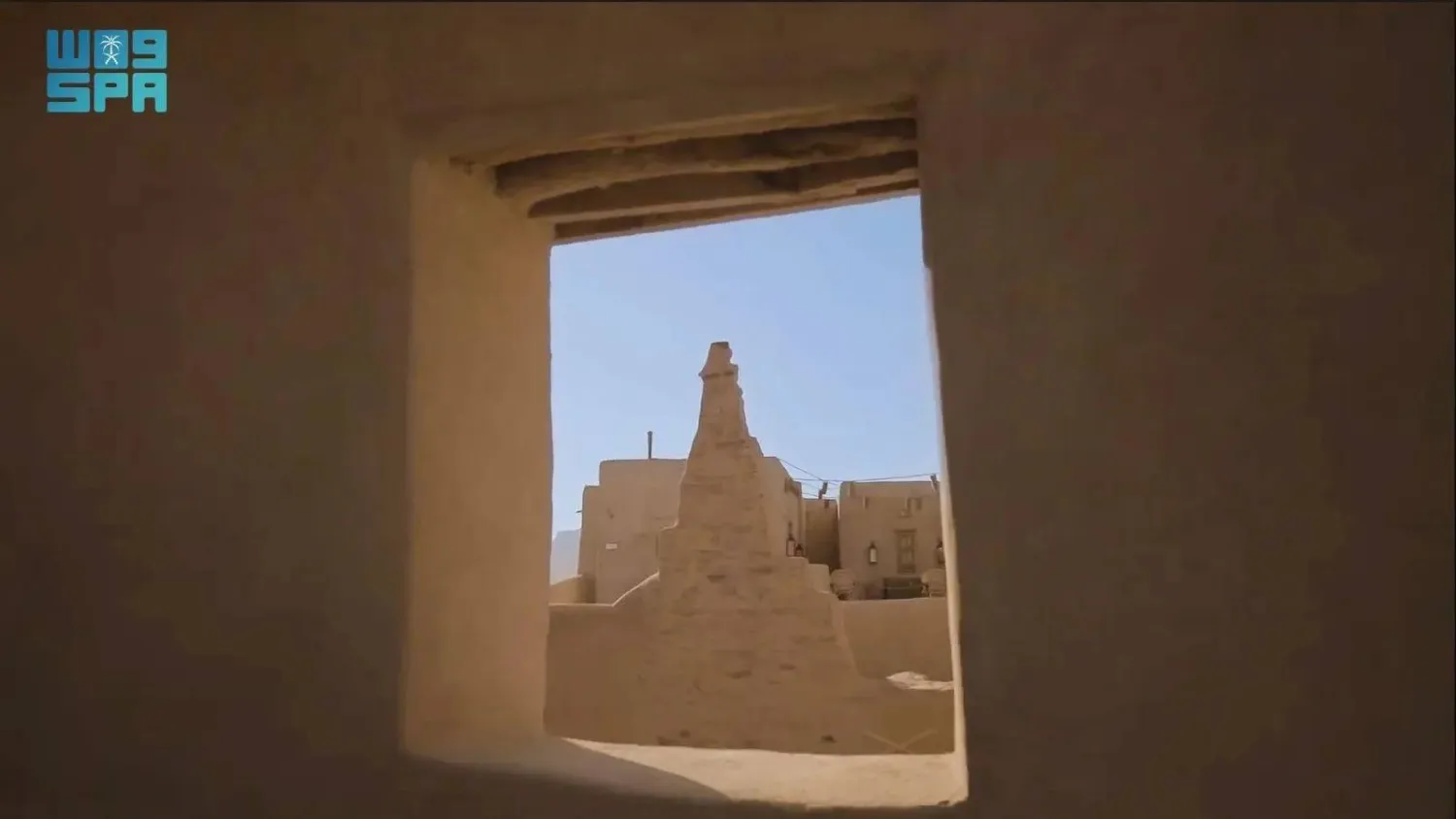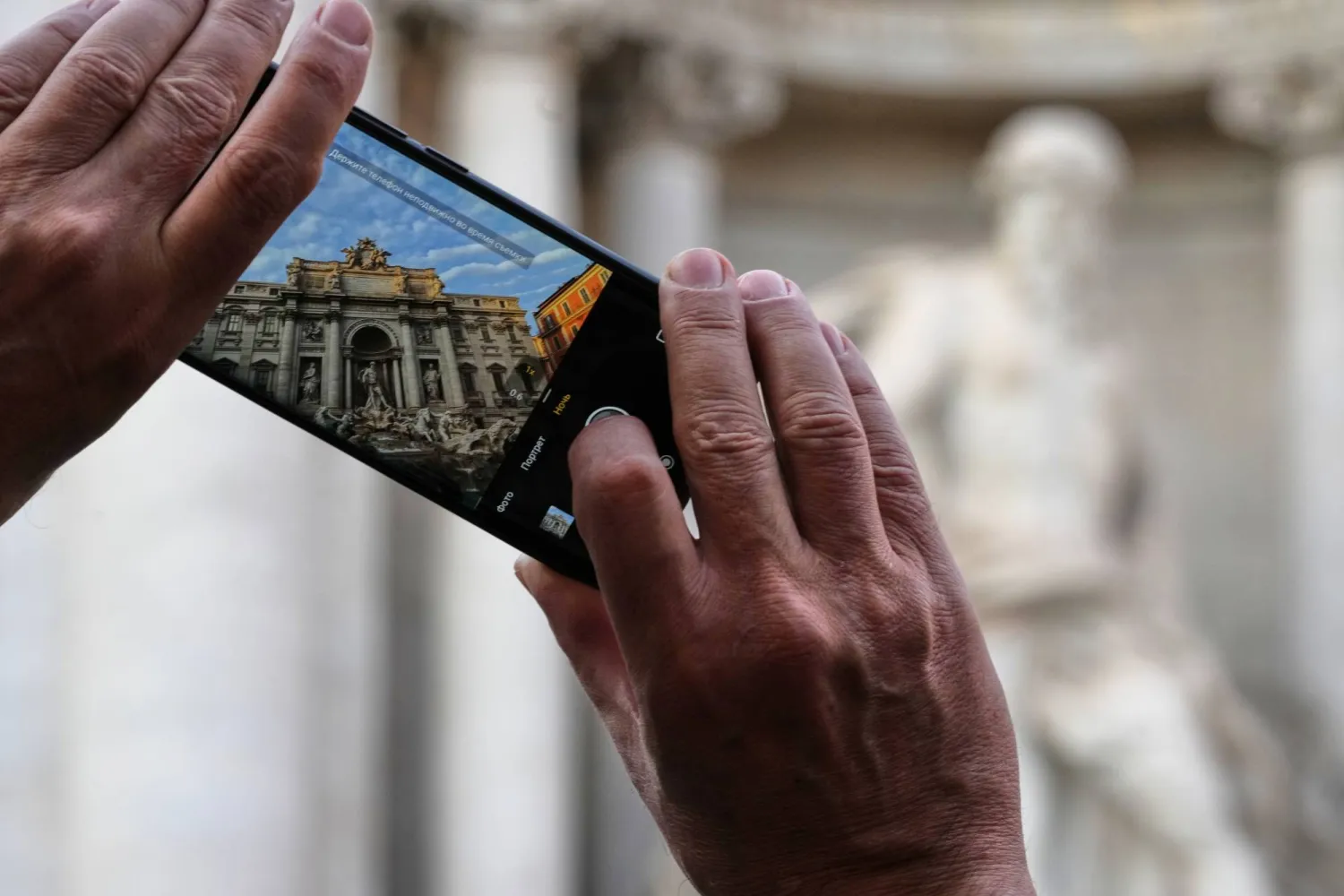Spain scrapped an annual bullfighting award on Friday, prompting a rebuke from conservatives over a backlash against a centuries-old tradition they see as an art form but which has run into growing concern for animal welfare.
Spanish-style bullfighting, in which the animal usually ends up killed by a sword thrust by a matador in shining garb, is for supporters a cultural tradition to be preserved, while critics call it a cruel ritual with no place in modern society, Reuters reported.
The Culture Ministry said it based its decision to abolish the award on the "new social and cultural reality in Spain" where worries about animal welfare have risen while attendance at most bullrings has declined.
"I think that's the feeling of a majority of Spaniards who can understand less and less why animal torture is practiced in our country..., and much less why that torture gets awarded with public money," Culture Minister Ernest Urtasun said on X.
The national award came in the form of a 30,000-euro ($32,217) government check and has been bestowed on famous bullfighters such as Julian Lopez, known as "El Juli", or cultural associations related to the bullfighting tradition.
It has recently become a defining issue in Spain's culture wars, pitting left-wing parties such as Sumar, to which Urtasun belongs, against right-wing conservatives who support the tradition.
Borja Semper, spokesperson for the opposition conservative People's Party, told reporters the government move showed that it "does not believe in cultural diversity or liberty", and that his party would reinstate the award whenever it regained power.
The PP leader of the Aragon region, Jorge Azcon, said it would introduce another award. "Tradition should be something that unites us rather than divides," he said.
Opposition to bullfighting has also grown in Latin America, where the tradition was exported in the 16th century, and in southern France, where it spread in the 19th century.
In Spain, the average bullfighting aficionado has gotten older and the number of bullfighting festivals dropped by a third between 2010 and 2023.
Spain Abolishes National Bullfighting Award in Cultural Shift

Spanish bullfighter Juan Ortega fights the 528kg bull 'Vivaracho' bull during a bullfight in the Plaza Monumental of Aguascalientes, in Aguascalientes, Mexico, 28 April 2024. EPA/Tadeo Alcina

Spain Abolishes National Bullfighting Award in Cultural Shift

Spanish bullfighter Juan Ortega fights the 528kg bull 'Vivaracho' bull during a bullfight in the Plaza Monumental of Aguascalientes, in Aguascalientes, Mexico, 28 April 2024. EPA/Tadeo Alcina
لم تشترك بعد
انشئ حساباً خاصاً بك لتحصل على أخبار مخصصة لك ولتتمتع بخاصية حفظ المقالات وتتلقى نشراتنا البريدية المتنوعة







